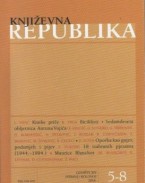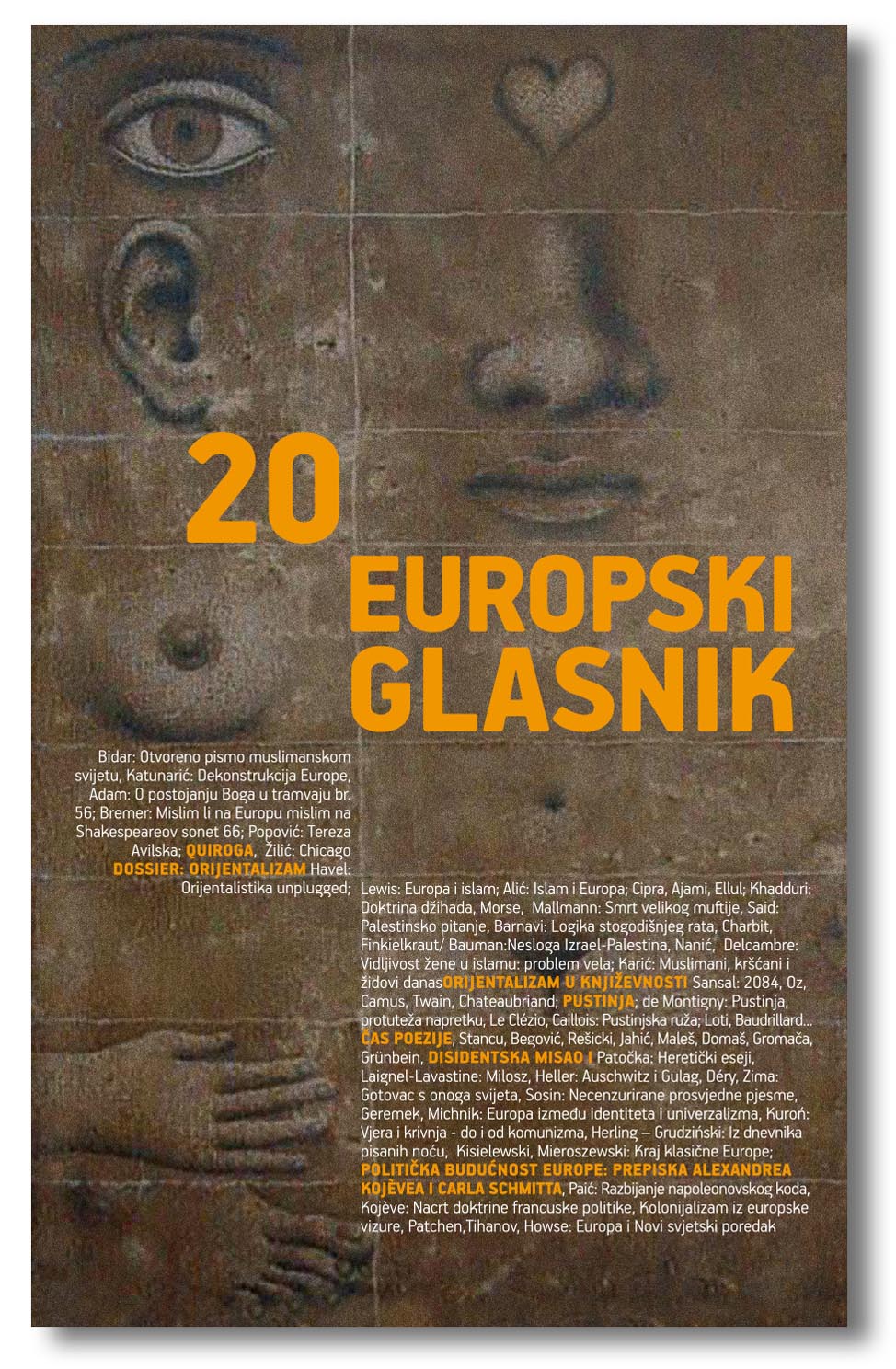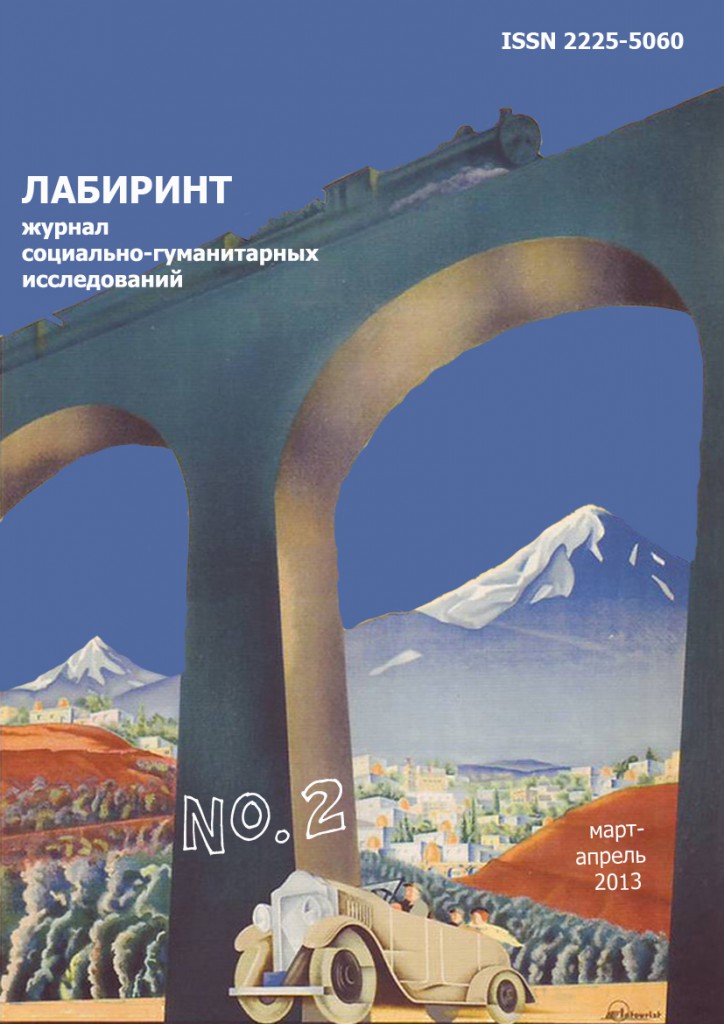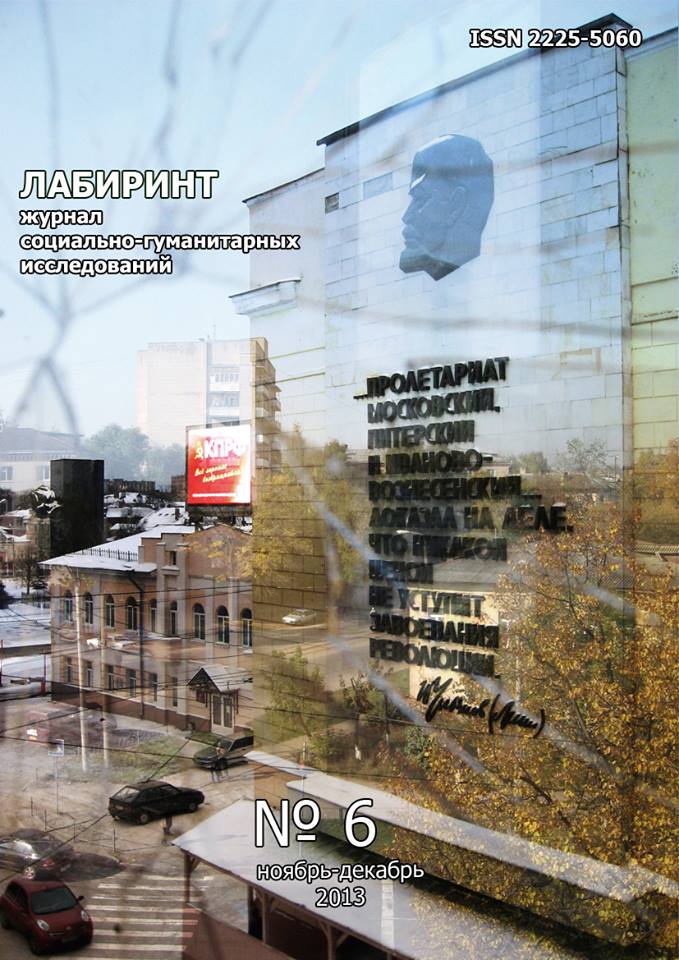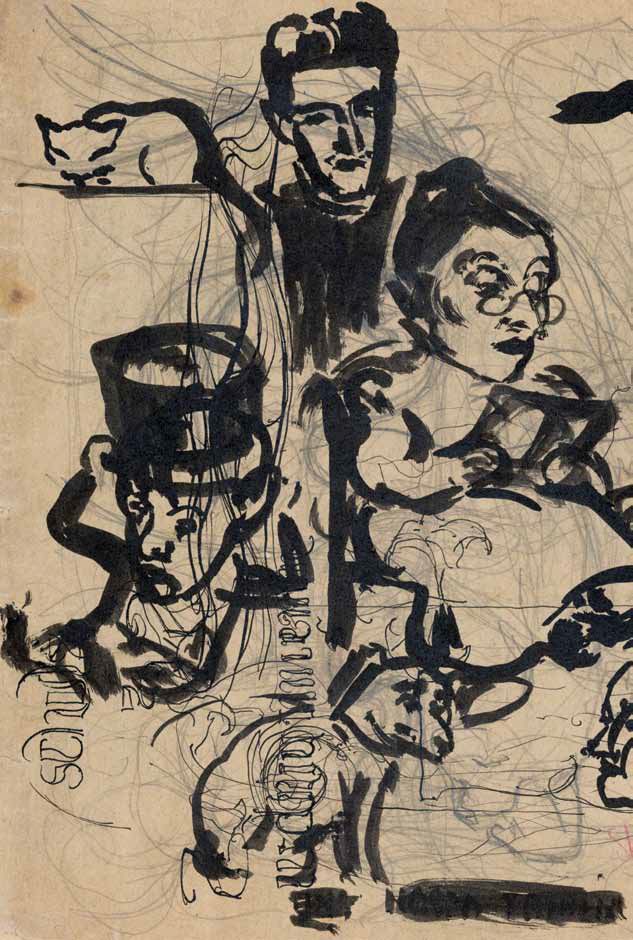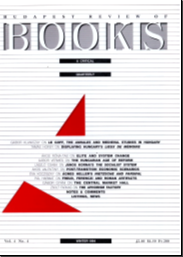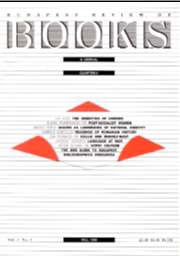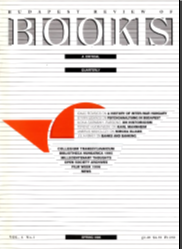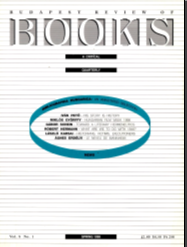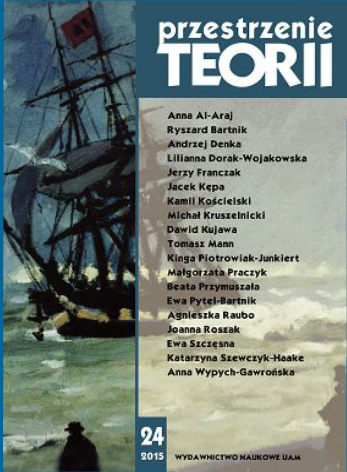
Semiotyczne aspekty przekazu digitalnego. U podstaw literatury cyfrowej
This paper focuses on the influence of the semiotic organization of the digital message on the creation of aesthetic meanings in digital art. It presents modifications in the sphere of text presen- tation and focuses on functions that it play in creation of literary meanings. Moving, sound created, changing shape and color texture is the place of creation of meanings as well as the inter- action of the semantic of the texture and the semantic of words. New digital tools, e.g. program- ming, the interface are important part of new semiotic code that shapes literature (e.g. linking facilitates the creation of new forms of plots, the interface is a part of literary discourse, the cursor is both the medium of meanings and the tool of text working). The paper concludes that digital technologies redefine the ontology of the literary text and art discourse.
More...
